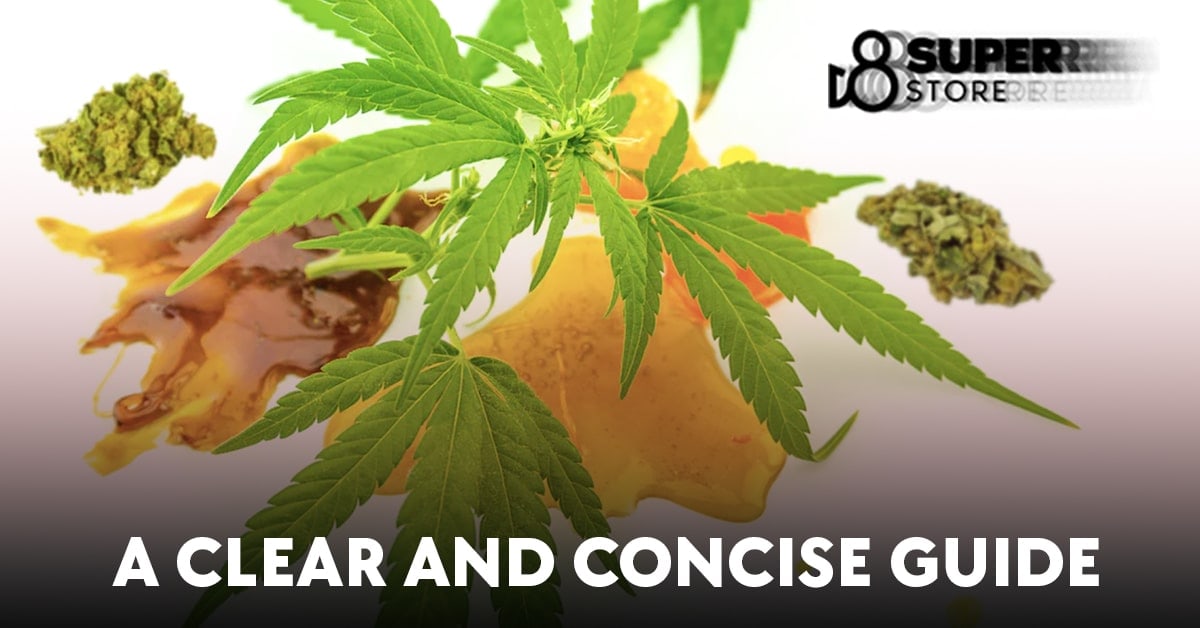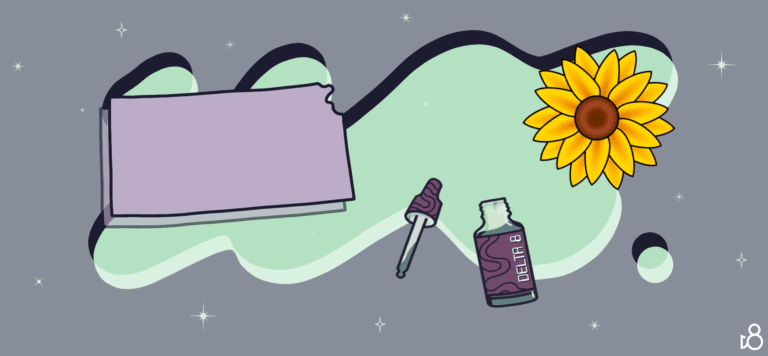Different Types of Wax Dabs: A Clear and Concise Guide
Dive into the excitement at d8superstore.com and explore wax dabs! These small but mighty heroes offer a mighty wallop with their hefty doses of THC and CBD. Imagine getting all the goodness of the plant effortlessly. They hit harder and stay with you longer than the familiar smoke or vape. As the excitement bubbles, the experts have whipped up all kinds of new forms and potencies. This adventure gives you a secret glimpse into the thrilling universe of cannabis concentrates. Ready for a journey filled with thrills, minus the fluff? Stay with us to find out why wax dabs are basking in the limelight and how they can catapult your experience to magnificent heights.
As cannabis becomes more widely accepted and regulated, the market for wax dabs has expanded to meet consumer demand for diverse concentrate products. Understanding the nuances of different types of wax dabs can be essential for navigating the world of cannabis concentrates, which may be unfamiliar to some users. The key constituents of dabs, along with the extraction methods used to produce them, play a crucial role in determining their quality, potency, and overall experience.
Key Takeaways
- Wax dabs offer a potent, efficient way to consume cannabis, thanks to their elevated THC and CBD levels.
- A variety of extraction techniques produce different types of wax with varying textures and potencies.
- Understanding the nuances of wax dabs is crucial for navigating the growing world of cannabis concentrates.

Basics of Dabs
Dabbing is a method of consuming cannabis concentrates, which involves heating the concentrate on a hot surface, typically a dab nail, and inhaling the vapor through a dab rig. Dabbing has gained popularity in recent years as it provides a potent and efficient way to consume cannabis. The primary form of cannabis concentrate used in dabbing is known as a dab, which can come in various forms, such as wax, shatter, or oil.
To get started with dabbing, you’ll need a dab rig, which is a specialized glass water pipe designed for consuming cannabis concentrates. The dab rig is similar to a traditional water pipe, but it features a dab nail instead of a bowl for your herb. The dab nail is a crucial component of the dabbing process, as it is the surface where your concentrate will be heated. The material of the dab nail can be ceramic, quartz, or titanium, depending on your preferences.
Along with the dab rig and dab nail, you’ll also need a dabber, a tool used to apply the concentrate onto the heated nail. Dabbers are made from various materials such as glass, metal, or ceramic. The choice of dabber material depends on personal preference, as some materials retain heat better while others allow for precision in applying the concentrate.
When dabbing, heat the nail using a torch until it reaches the desired temperature. It’s essential to avoid overheating the nail, as excessive heat can cause the concentrate to burn rather than vaporize, leading to a harsh and less enjoyable experience. After heating the nail, let it cool down for a few seconds and then use the dabber to apply the concentrate onto the hot dab nail. Inhale the vapor produced through the dab rig. Remember that with dabbing, a little goes a long way as concentrates are much more potent than traditional smoking methods.
For beginners, it’s crucial to start with a low dosage of concentrate to understand the effects and adjust the amount as needed. It’s always possible to take another dab if the initial effect isn’t strong enough, but taking too large of a dab can lead to an uncomfortable experience. As with any cannabis products, the duration and intensity of effects will vary depending on factors such as the strain, potency, and individual tolerance.
Overall, dabbing provides a unique and potent way to consume cannabis concentrates. With the right equipment and techniques, you can enjoy a smooth and efficient experience tailored to your preferences.
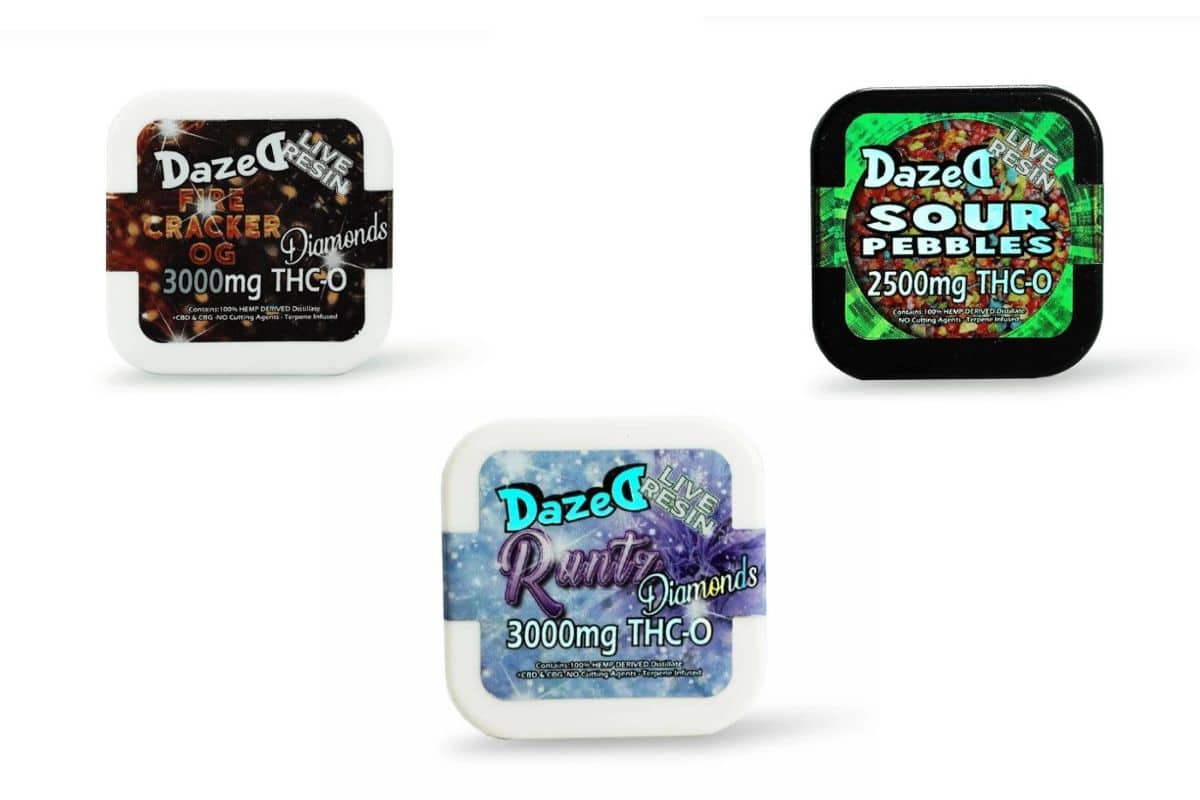
Types of Wax Dabs
Wax dabs are a popular way to consume cannabis concentrates, offering various textures and consistencies for an enjoyable experience. Among the different types of dabs, some common ones are shatter, crumble, budder, crystalline, sugar wax, rosin, honeycomb, sauce, pull and snap, and taffy.
- Shatter is a brittle, glass-like concentrate that breaks easily, hence its name. It’s known for its high purity and potency. While it can be challenging to handle due to its fragile nature, many users prefer it because of its strong effects. Crumble is another form of wax dab, named after its crumbly texture. It’s not as potent as shatter, but it’s easier to handle, making it a suitable choice for new users.
- Budder boasts a creamy texture reminiscent of butter, making it easier to work with than shatter. Like crumble, its potency is usually lower than that of shatter, but its smooth texture and ease of handling make it a popular option for users. Crystalline is a highly purified form of cannabis concentrate, appearing as small white crystals. It contains high concentrations of THC or CBD and is revered for its potency and efficacy.
- Sugar wax resembles wet sugar in its consistency, making it easy to manipulate. Similar to other wax dabs, it offers a potent and flavorful experience. Rosin (not to be confused with resin) is a solventless cannabis concentrate, produced by applying heat and pressure to plant material. It’s considered a safer alternative to other concentrates, as no chemicals are involved in its extraction process, and it can be tailored to suit users’ preferences.
- Honeycomb wax dabs are named after their appearance, which resembles honeycomb structures. They are easy to handle, hold their shape well, and offer a clean and potent smoking experience. Sauce concentrates are known for their high terpene content, providing a unique and flavorful experience. With a more liquid-like consistency, they are a great choice for consumers who prioritize flavor over potency.
- Pull and snap wax dabs have a taffy-like consistency, making them easy to handle. Their texture is a result of the specific heat and cooling methods used during the extraction process. Just like the name suggests, users can pull and snap off a piece of the wax for consumption. Finally, taffy is another form of wax dab with a similar consistency to the pull and snap. It offers a smooth experience and is easy to handle, making it a popular choice among users.
To better understand the effects and benefits of various cannabinoids found in these wax dabs, one can explore differences like those between Delta 10 vs Delta 8. Dabs can also contain non-psychoactive cannabis extracts, such as THCa dabs. Additionally, users can learn more about specific dabs like Diamond Sauce or compare different forms of THC, such as Delta-8 versus Delta-9 versus Delta-10.
Key Constituents of Dabs
Dabs are a concentrated form of cannabis that contains various compounds, including tetrahydrocannabinol (THC), cannabidiol (CBD), and other cannabinoids. One of the main constituents that make dabs potent is THC, the psychoactive component found in cannabis responsible for the high sensation. Besides THC, other cannabinoids like CBD and Delta 8 can also be found in dabs.
In addition to cannabinoids, dabs also contain terpenes, which are aromatic compounds that give cannabis its distinct smell and flavor. Terpenes also have various therapeutic effects and can enhance the overall medicinal properties of the plant, making them an essential component of dabs.
The ratio of these constituents in dabs can vary, and different types of dabs can have varying concentrations of cannabinoids and terpenes. As a result, the effect of dabs on users can vary greatly, depending on the specific constituents present. Some dabs may have a high concentration of THC, leading to potent psychoactive effects, while others may have a high amount of CBD, offering more therapeutic benefits.
It is also important to be cautious when consuming dabs, as they might have some side effects due to their high cannabinoid content. To enjoy the benefits of dabs and minimize potential risks, it is necessary to consume them responsibly and to monitor your reactions to different types of dabs.
In conclusion, the key constituents of dabs include cannabinoids like THC, CBD, and Delta 8, as well as terpenes that contribute to their unique properties. By understanding these compounds and their respective effects, users can make informed decisions about dab consumption and better gauge the potential benefits provided by the strongest cannabinoid present in their chosen product.
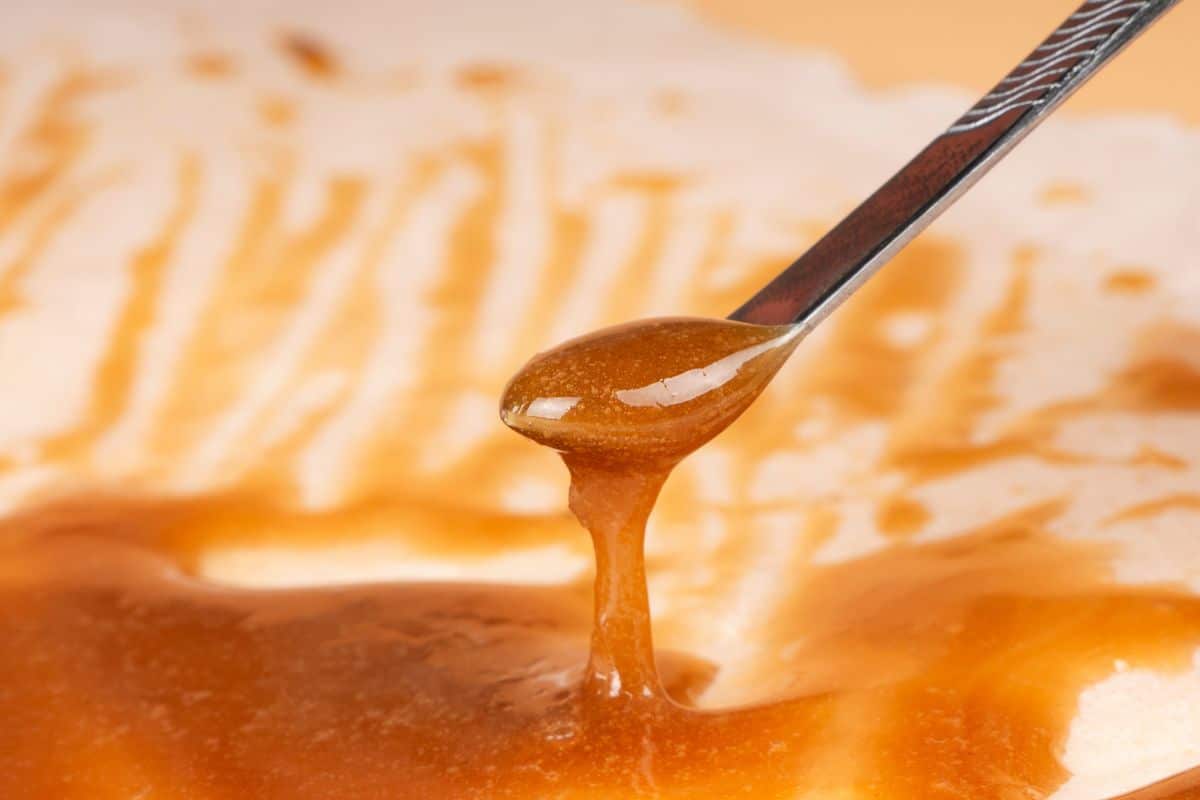
Extraction Methods
There are multiple cannabis extraction methods for creating wax dabs. These methods can be divided into two main categories: solvent-based and solventless extractions. In solvent-based extractions, a chemical solvent like butane, propane, or CO2 is used to separate cannabinoids from the plant material. Alternatively, solventless extractions rely on mechanical or physical processes to obtain the desired compounds without adding any chemicals.
One common solvent-based extraction method involves the use of butane or propane as the solvent. This process, often referred to as Butane Hash Oil (BHO) extraction, involves passing the solvent through the plant material to strip away the cannabinoids and terpenes. BHO extraction can produce a variety of dab products, such as shatter, honeycomb, oil, or wax, depending on the specific technique employed.
Another increasingly popular solvent-based extraction method uses CO2 as the solvent, which is known as CO2 extraction. This method offers a cleaner, purer final product, as it doesn’t leave behind any solvent residues. CO2 extraction has gained particular attention for its ability to produce a range of cannabis concentrate products, including tinctures, and is considered a safer alternative compared to butane or propane extraction.
On the other hand, solventless extraction methods, such as rosin pressing, employ heat and pressure to extract the desired compounds from the plant material. This method has become popular among those who prefer a more natural and chemical-free approach to obtaining their cannabis concentrates. Solventless methods generally provide a less processed and more authentic flavor profile compared to solvent-based methods but may yield a lower concentration of cannabinoids depending on the technique used.
As the cannabis industry grows, advances in extraction technologies continue to develop. It is crucial for consumers and producers to remain informed about the efficiency, safety, and purity of these methods to ensure the highest quality and minimal risk associated with their cannabis concentrates.
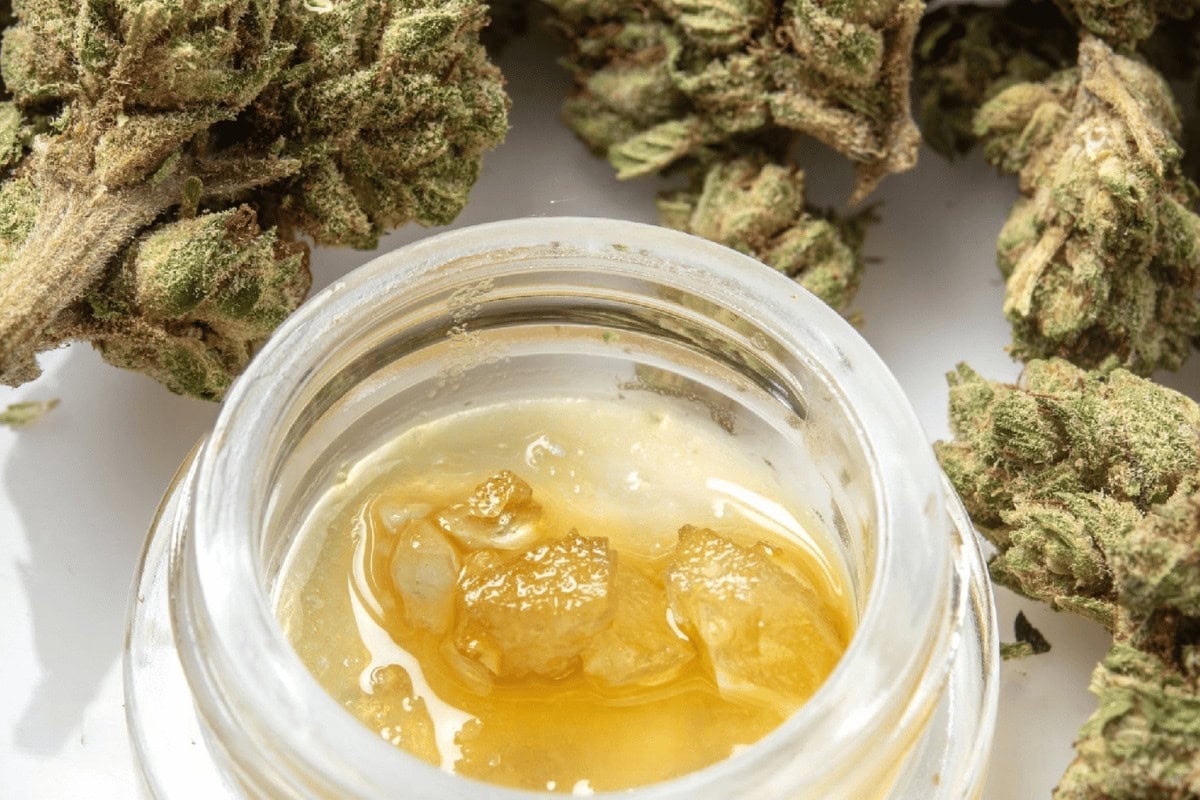
Understanding Concentrates
Cannabis concentrates are potent substances derived from the cannabis plant and come in various forms such as oils, wax, and shatter. These products contain higher concentrations of cannabinoids like THC and CBD, making them a popular choice for those seeking stronger effects.
One common type of cannabis extract is cannabis oil, which typically contains a higher concentration of CBD and/or THC. This oil can be ingested or used topically, with many users experiencing the therapeutic benefits of cannabinoids without the psychoactive effects associated with smoking cannabis.
Another popular form of concentrate is distillate, a highly purified cannabis extract often used in vape pens and cartridges. Distillate production involves separating cannabinoids from the cannabis plant matter, resulting in a very potent product with concentrated levels of THC, CBD, and other beneficial compounds.
Hash (also known as hashish) is an age-old concentrate made by compressing resin glands from the cannabis plant, creating a solid or semi-solid substance rich in cannabinoids. Hash varies in color and consistency, ranging from soft, pliable, and sticky to hard and crumbly. Although hash is less common than other concentrates, its long history of use spans thousands of years.
Some users prefer consuming concentrates such as Delta 8 gummies, which are infused with concentrated Delta 8 THC. These gummies offer a convenient, discreet, and tasty way to enjoy the benefits of cannabis concentrates, allowing users to easily control their dosage.
In summary, cannabis concentrates come in various forms, each with unique characteristics and methods of consumption. From cannabis oil to distillates, hash, and beyond, these potent products provide users with a range of experiences and potential benefits.
The Role of Temperature
Temperature plays a significant role in the process of dabbing, as it affects the vaporization and overall experience when consuming delta 8 and other similar products. Different types of wax require different temperature settings for optimal vaporization. A proper temperature helps in achieving a smooth vapor, preserving the flavor and avoiding harsh, burnt sensations.
Ideal dabbing temperature usually ranges from 315°F to 900°F (157°C to 482°C). Lower temperatures, between 315°F and 450°F, tend to produce thinner, more flavorful vapor. Higher temperatures, between 450°F and 900°F, result in thick clouds and stronger effects, but might also generate harmful byproducts. The heat applied to the nail or dab rig should be regulated with care to balance the desired effects with potential risks.
Heat and pressure also influence the consistency of the wax. Higher temperatures and increased pressure can lead to the production of wax with a more stable and dense structure, while lower temperatures and decreased pressure can result in more viscous, oily textures. This, in turn, affects the dabbing experience, as different wax consistencies vaporize in different manners.
Moreover, the temperature at which cannabinoids such as delta 8 and THCa are heated determines their effectiveness and potency. When heated to the appropriate temperature, THCa gets converted into THC, resulting in more pronounced psychoactive effects. However, if the temperature is too low, THCa may not fully convert into THC, leading to less intense sensations.
In conclusion, temperature is a crucial aspect in the dabbing process, as it directly affects the vapor, flavor, potency, and overall experience. Careful regulation of the temperature and an understanding of the relationship between heat, pressure, and the properties of the wax are essential for a satisfying dabbing experience.

Different Ways to Use Dabs
Dabs are concentrated forms of cannabis that come in various textures and forms, such as shatter, wax, or oil. These concentrates provide a potent and efficient way to consume cannabinoids like THC and CBD. There are several methods to use dabs, depending on personal preferences and equipment available.
One popular way to consume dabs is by smoking them using a dab rig. A dab rig is a specially designed water pipe that allows the user to heat the dab on a heated surface called a nail. Once the dab is heated and vaporized, the user inhales the vapor through the water pipe. Smoking dabs through a rig provides a powerful and intense experience that many users enjoy.
If you prefer a more portable option, you can use a dab pen or similar vaporizer device to consume dabs. A dab pen is a discreet, handheld device that heats the concentrate and turns it into vapor for inhalation. Dab pens are popular because they are easy to use, portable, and produce less odor than traditional smoking methods.
Vaping concentrates is another option for consuming dabs. Using a vaporizer designed for concentrates, the user can choose the desired temperature to heat the dab, allowing for a smoother and more customizable vaping experience. Whether using a desktop or portable vaporizer, vaping dabs provides an efficient and convenient way to enjoy cannabis concentrates.
For those interested in a more familiar method, dabs can also be added to joints or a bowl in small amounts along with flower cannabis. This method combines the potency of dabs with the traditional smoking experience, making it popular among users who prefer a more familiar smoking method.
In a legal market, it’s important to purchase dabs and related accessories from reliable sources, such as authorized dispensaries or reputable smoke shops. Doing so ensures that the products are safe, compliant, and of high quality. Always exercise caution and consume dabs responsibly to enjoy the full benefits of these potent cannabis concentrates.
Considerations about Potency and Purity
When it comes to wax dabs, understanding potency and purity is crucial for a effective and satisfying experience. Potency refers to the concentration of Delta-8 THC or other cannabinoids in the product. A higher potency wax dab may provide more therapeutic relief, but it can also increase Delta-8 THC’s presence in drug tests or affect one’s metabolism. Consider your tolerance and personal preferences before trying high potency wax dabs.
In contrast, purity is a measure of the product’s cleanliness, free from contaminants such as plant material, butane, or other residual solvents. Knowing the purity can help ensure a safer experience and minimize risks associated with impurities. To assess the purity of your wax dabs, ask the manufacturer or retailer for lab test results showing the contaminant levels.
When selecting wax dabs, take into account both potency and purity, as they both contribute to the overall effectiveness of the product. Keep in mind that wax dabs with higher potency might require a different approach when it comes to passing drug tests, as the higher concentration may linger in your system for longer. Striking a balance between potent relief and manageable side effects is important.
In conclusion, potency and purity are crucial factors when choosing the right wax dab for your needs. Understanding these aspects will help ensure a safe and effective experience, whether you’re seeking therapeutic relief or simply enjoying the benefits of this unique cannabis product.
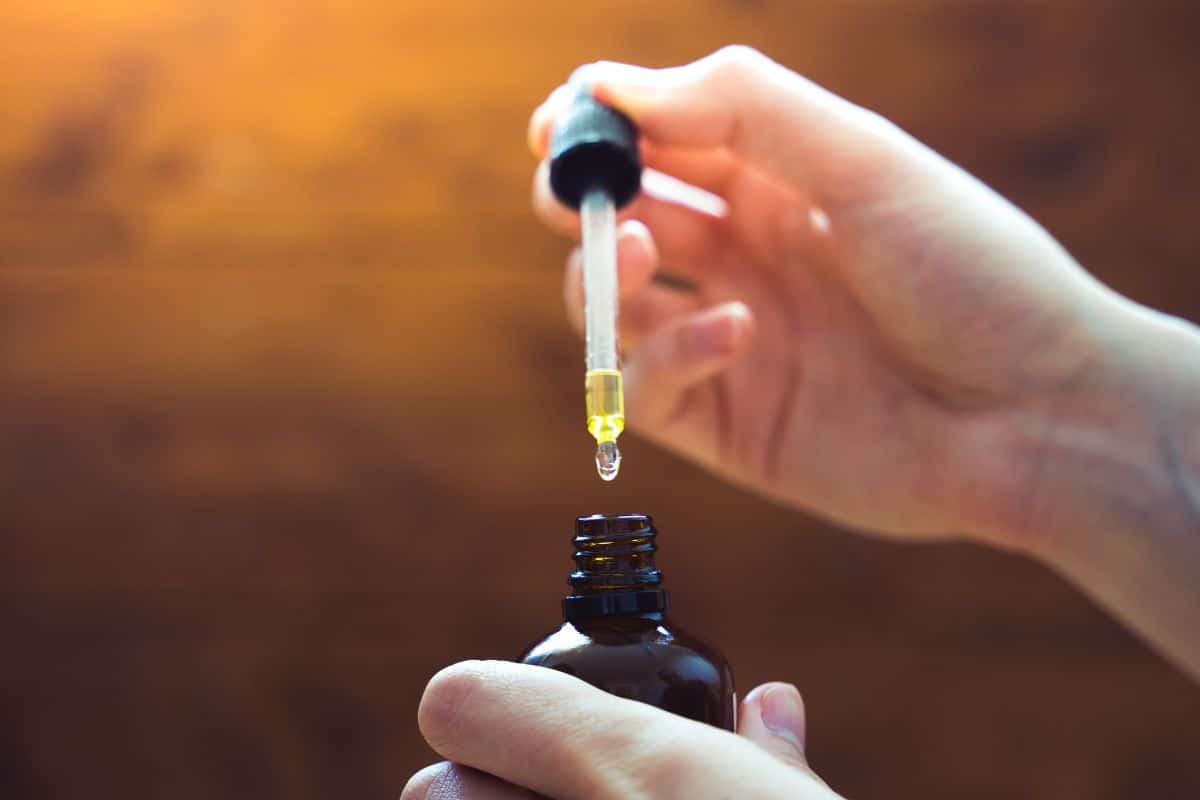
Presence in Edibles and Tinctures
Wax dabs, also known as cannabis concentrates, come in various forms like oils, waxes, budders, and shatters. They are commonly used for dabbing, but their presence in other consumption methods such as edibles and tinctures is also notable.
Edibles are food products infused with cannabis extracts, delivering active cannabinoids through ingestion. Wax dabs can be incorporated into edibles such as chocolates, gummies, and baked goods to create potent and effective cannabis-infused treats. This method of consumption is popular for its discreet nature and longer-lasting effects compared to other methods like smoking or vaporizing. However, it can also be more challenging to titrate, as the onset of effects may take longer and vary depending on the individual and the edible’s preparation.
On the other hand, tinctures are cannabis-infused liquid extracts that can be administered sublingually, added to food or drinks, or applied topically. Tinctures are versatile, which makes them suitable for a diverse range of users and ailments. The presence of wax dabs in tinctures enhances the potency while providing precise dosing and easier titration. Tinctures made from cannabis concentrates are perceived as stronger than those made from cannabis flowers only. To maintain the cannabinoids’ stability and efficacy, it is essential to store them away from light and heat.
In summary, wax dabs’ presence in edibles and tinctures adds a powerful punch to these cannabis consumption methods. Each form carries its unique set of benefits and considerations, making them suitable for varying preferences and needs.

Regulations and Legalities
The world of wax dabs has seen a significant rise in popularity over recent years. With this increased attention, the legal aspects and regulations surrounding these concentrated forms of cannabis have come under scrutiny. For instance, the legal cannabis market has different rules regarding the sale and use of concentrates like wax dabs and oils, allowing for varying levels of accessibility in different locations.
In states with legal cannabis markets, the production and distribution of wax dabs are subject to specific regulations to ensure safety and quality standards. Many of these legal facilities are required to adhere to established extraction techniques and have proper ventilation to avoid hazardous conditions. Despite this, amateur producers may still create dabs in violation of the law.
Delta-8 THC, a lesser-known cannabinoid, has faced its own set of regulations and legalities, with many questioning “is Delta 8 legal?” Its legality depends on the specific jurisdiction, which can lead to some confusion among consumers. In certain locations, such as Florida, Delta-8 THC remains in a legal gray area, leading potential users to research if it’s legal in their state.
For those who choose to partake in using concentrates like wax dabs and Delta-8, it’s essential to be aware of the potential legal implications, especially when it comes to getting pulled over with these substances in the vehicle. Law enforcement approaches can vary based on the officer and state’s specific regulations, emphasizing the importance of understanding the applicable laws.
In conclusion, the regulations and legalities surrounding wax dabs, Delta-8 THC, and other cannabis concentrates are complex and constantly evolving. It’s crucial for consumers and producers alike to stay up-to-date with current legislation to ensure they are making informed choices and complying with the law.
Frequently Asked Questions
What are the main consistencies of dabs?
There are several consistencies of cannabis concentrates used for dabbing. Some of the most common include shatter, a solid, glass-like concentrate; wax, which has a soft, crumbly texture; and oil, which is a sticky, viscous liquid. Each consistency has its own unique properties and may affect the dabbing experience differently.
How do different dab strains affect the experience?
Just like with traditional cannabis flower, the specific strain of the concentrate can greatly impact the overall experience. Different strains have varying levels of THC, CBD, and other cannabinoids, as well as unique terpene profiles. These variations can result in different flavors, aromas, and effects during a dab session.
Which type of concentrate is most popular for dabbing?
While there is no definitive answer, some research suggests that wax concentrates are quite popular among dab users due to their ease of use and versatility. However, personal preferences and regional availability of concentrates may also influence popularity trends.
What distinguishes various dab names?
The names of dabs often reflect their consistency, extraction method, or specific strain used in the concentrate. For example, “shatter” describes a glass-like, solid concentrate, while “live resin” refers to a concentrate made from fresh, flash-frozen cannabis plant material. The name could also highlight a particular strain, such as “Girl Scout Cookies wax.”
Are there legal considerations for dabbing?
Yes, legal considerations for dabbing depend on the location and the specific cannabinoid content of the concentrate. In some regions where cannabis is legal for medical or recreational use, dabbing may be allowed. However, in places where cannabis is still illegal, possession or use of dabs can result in severe penalties. It is crucial to be aware of the local regulations regarding cannabis and concentrates.
Which concentrate is considered the most efficient?
There isn’t a clear answer to this, as the efficiency of a concentrate depends on various factors, such as the extraction method, starting material, and potency. Some users may prefer high-potency concentrates like shatter or live resin, while others may appreciate the flavor and smoothness of a lower-potency wax. Ultimately, the efficiency of a concentrate comes down to individual preferences and desired effects.

